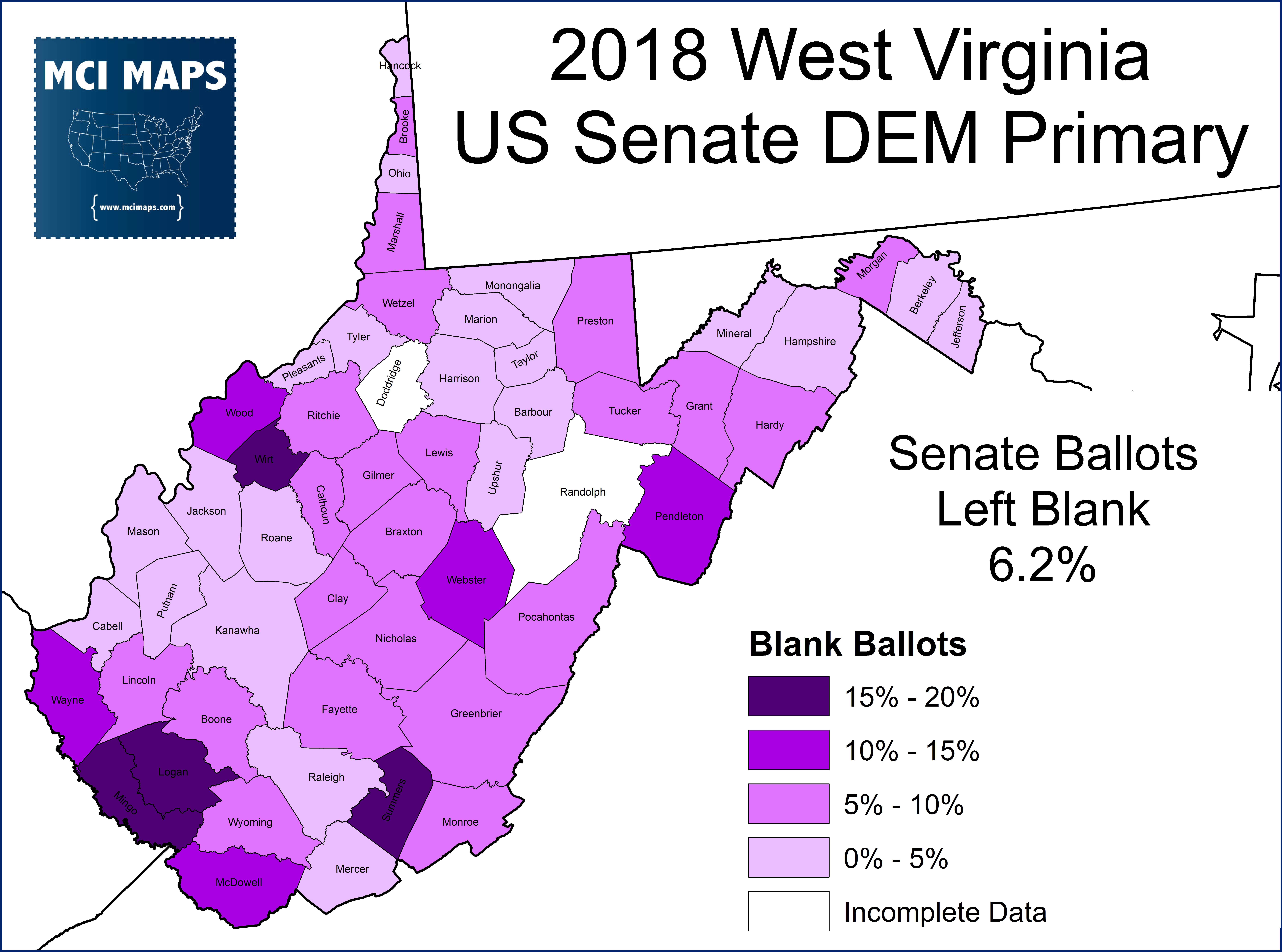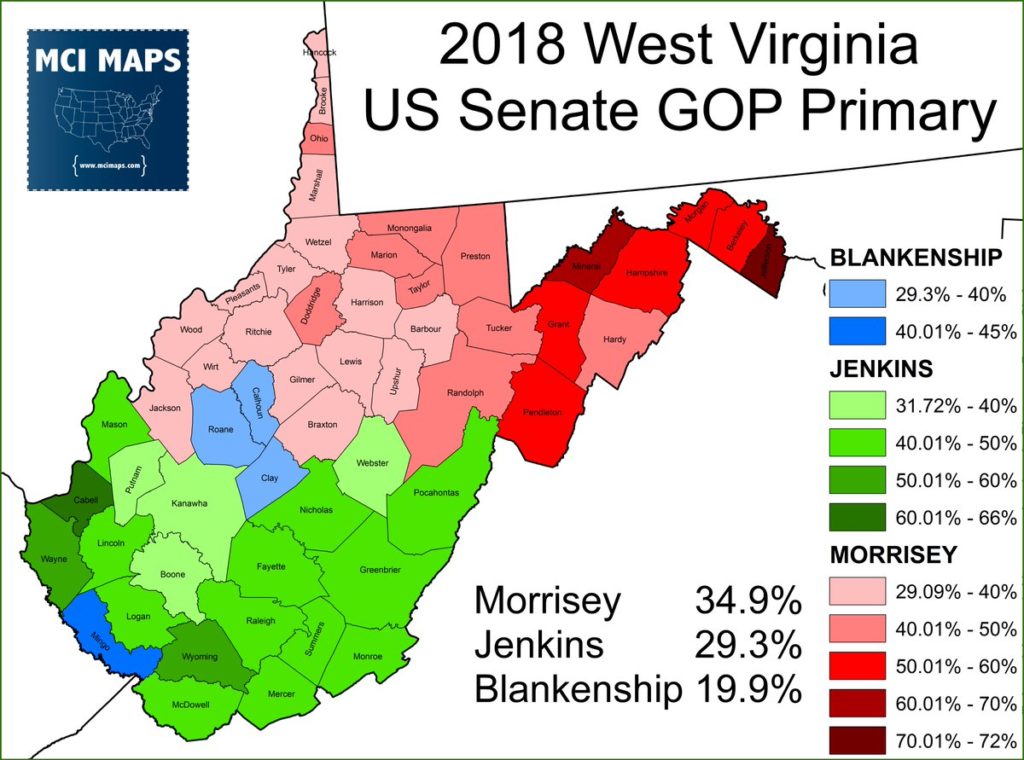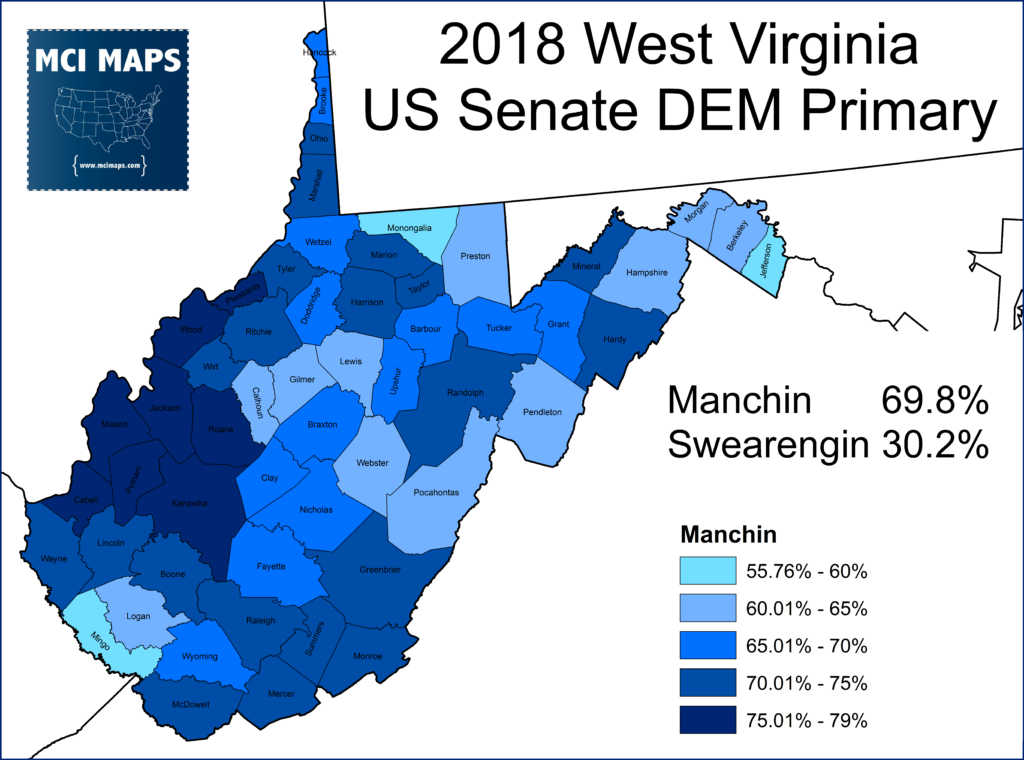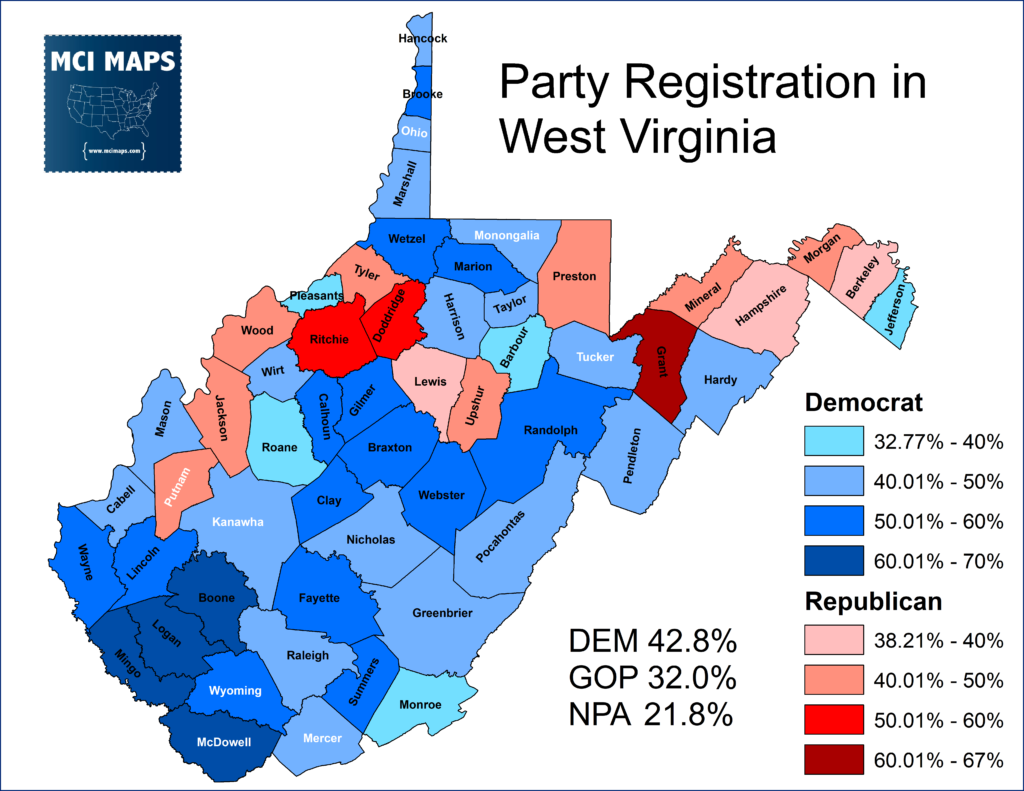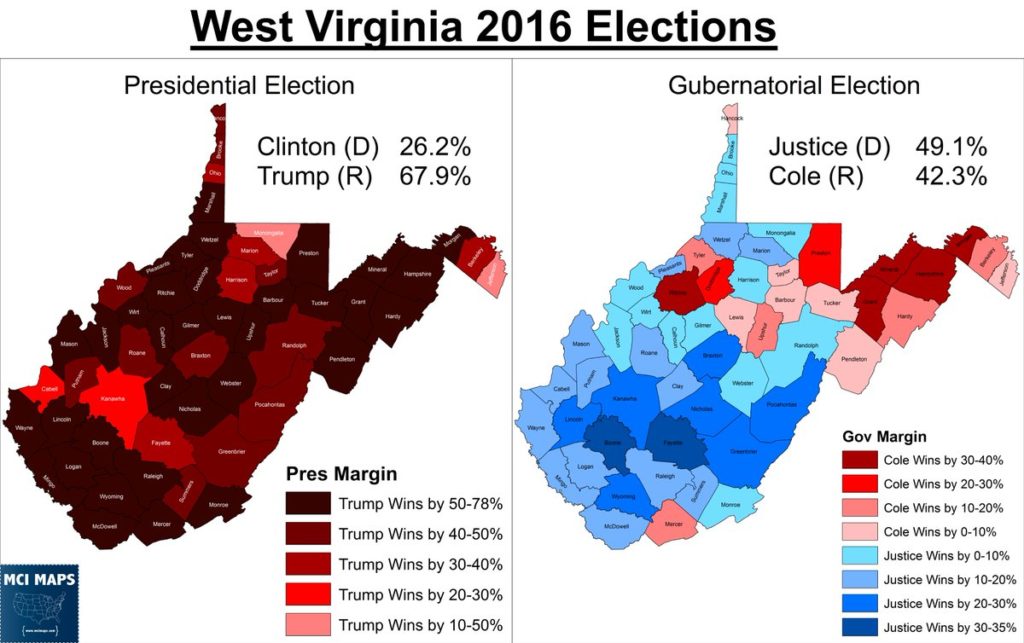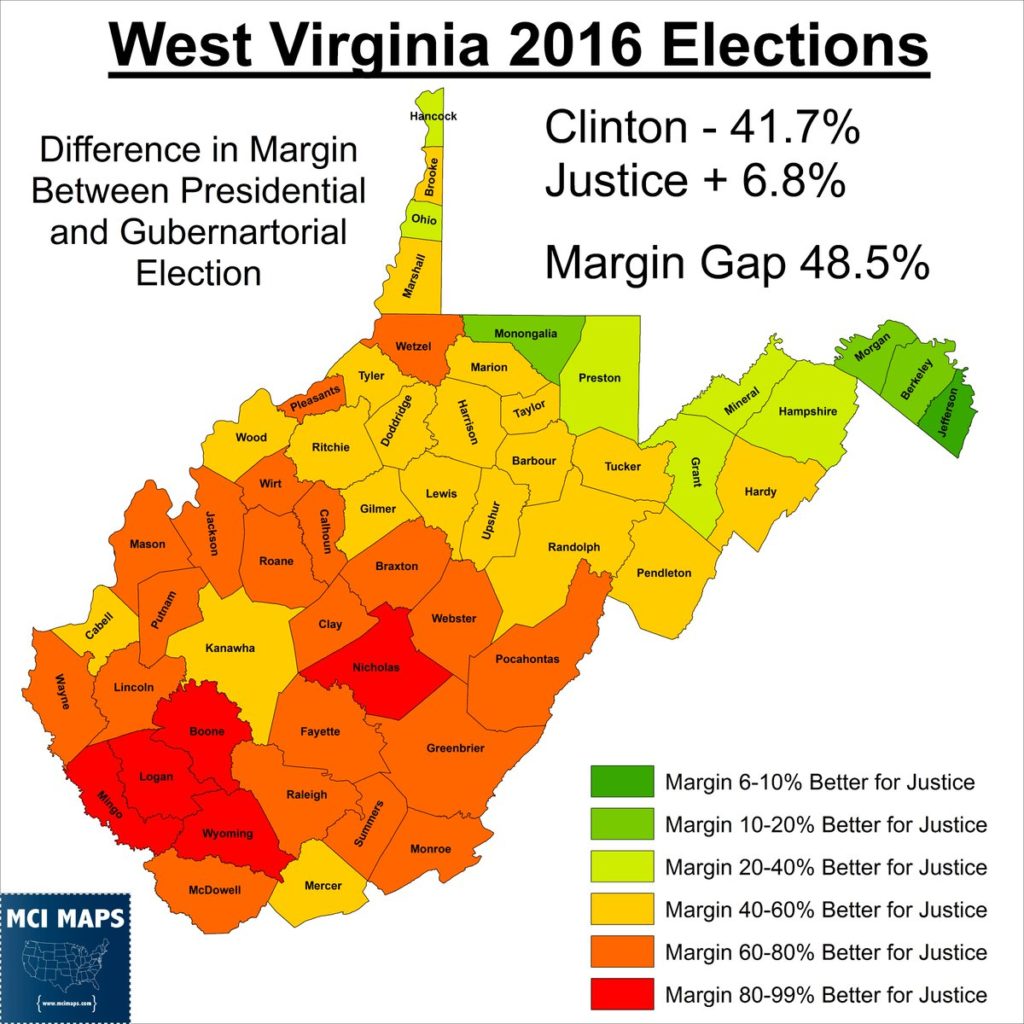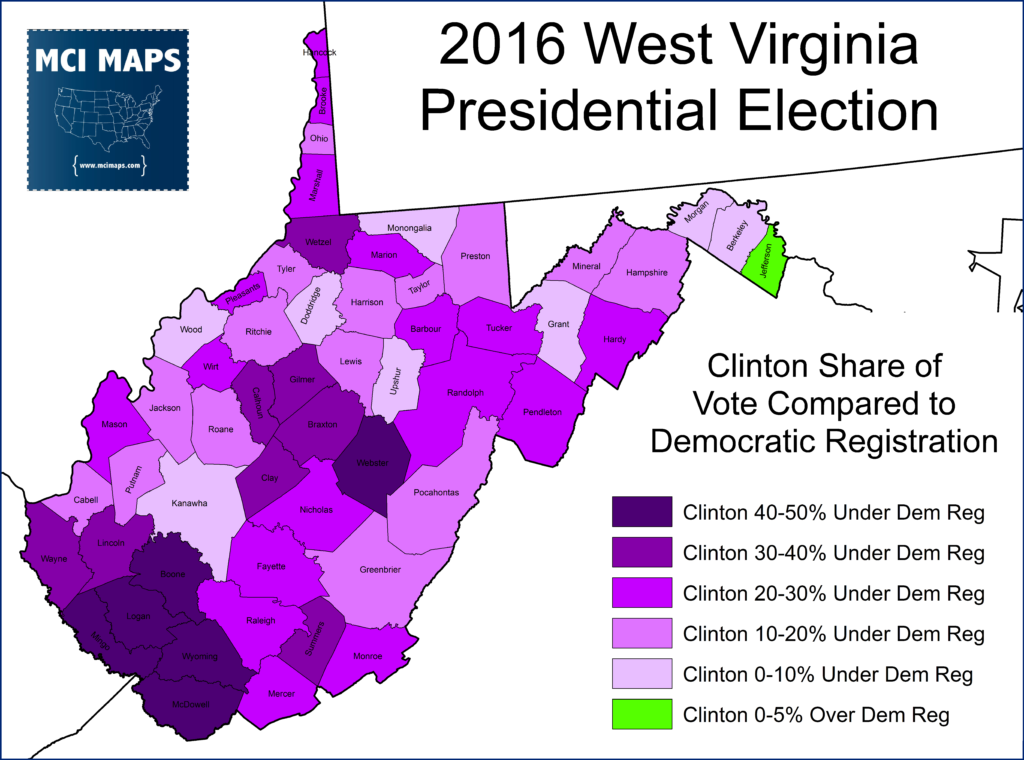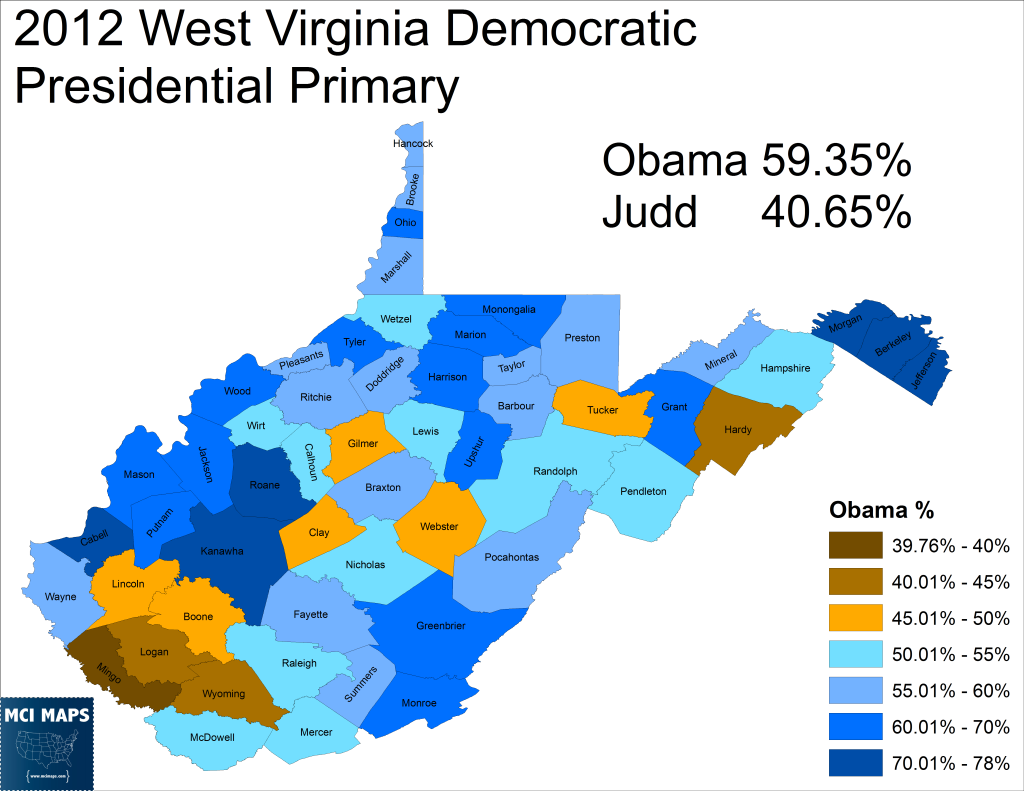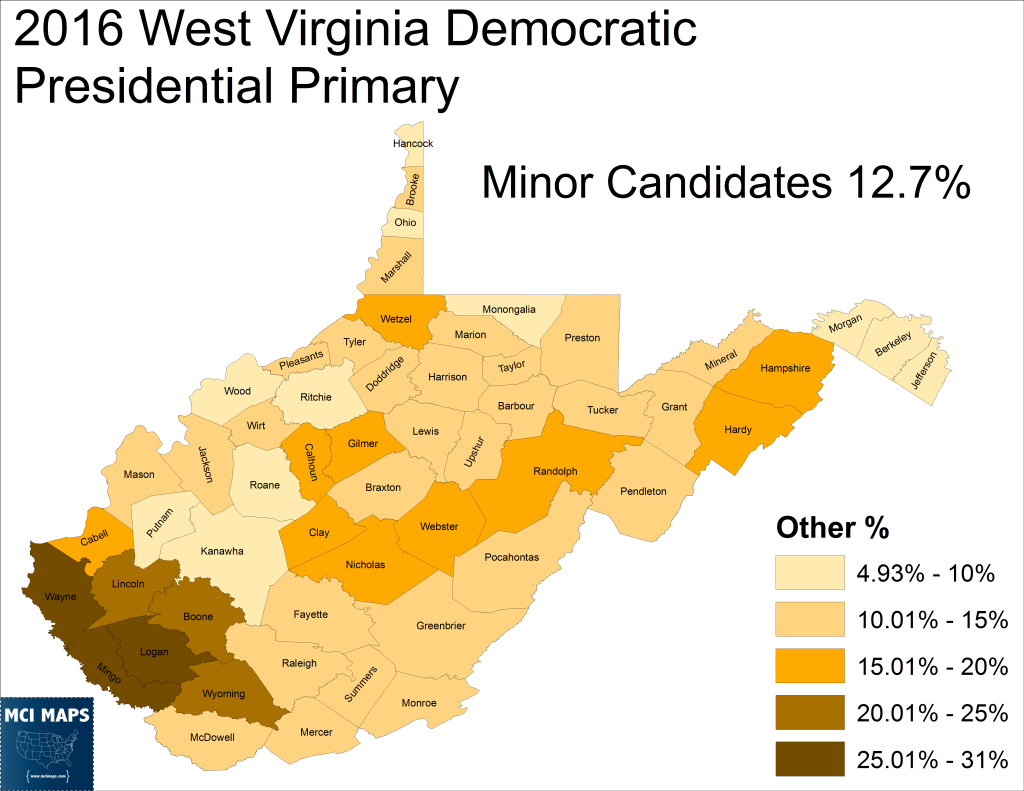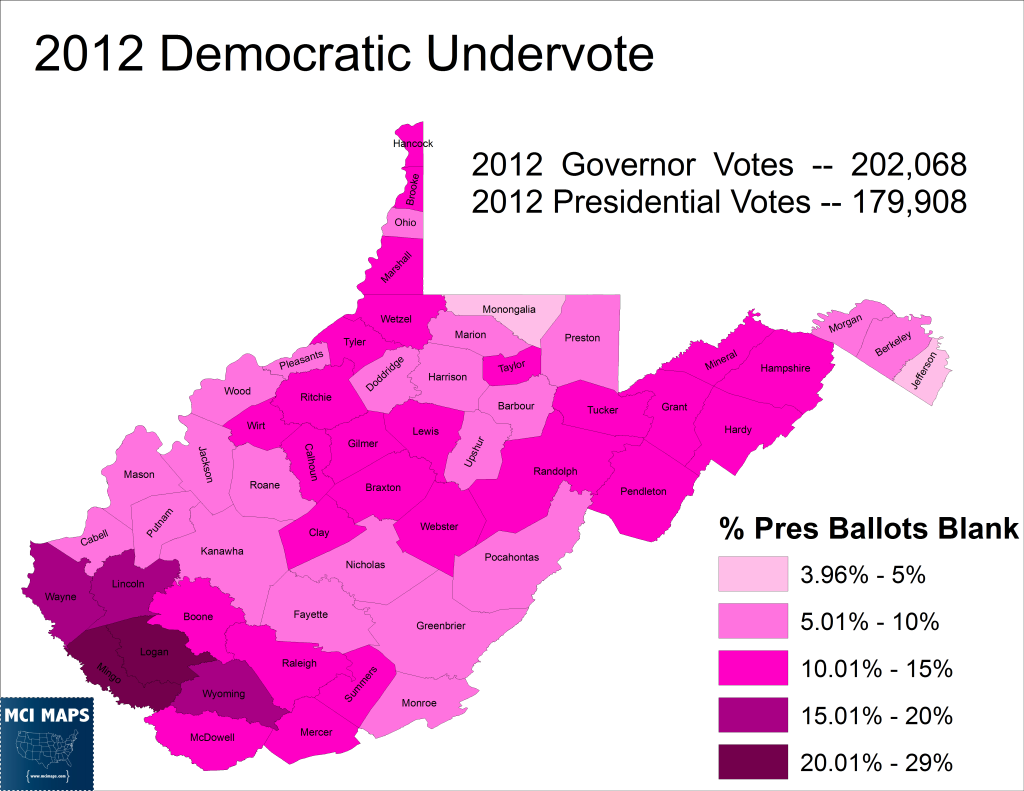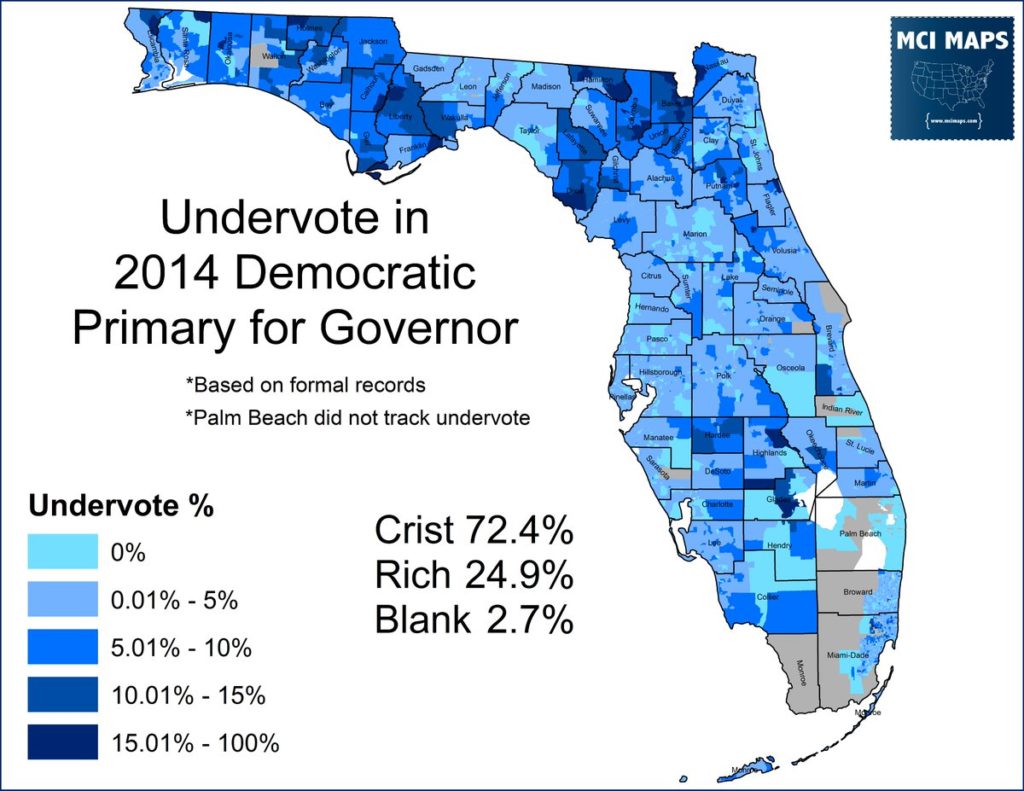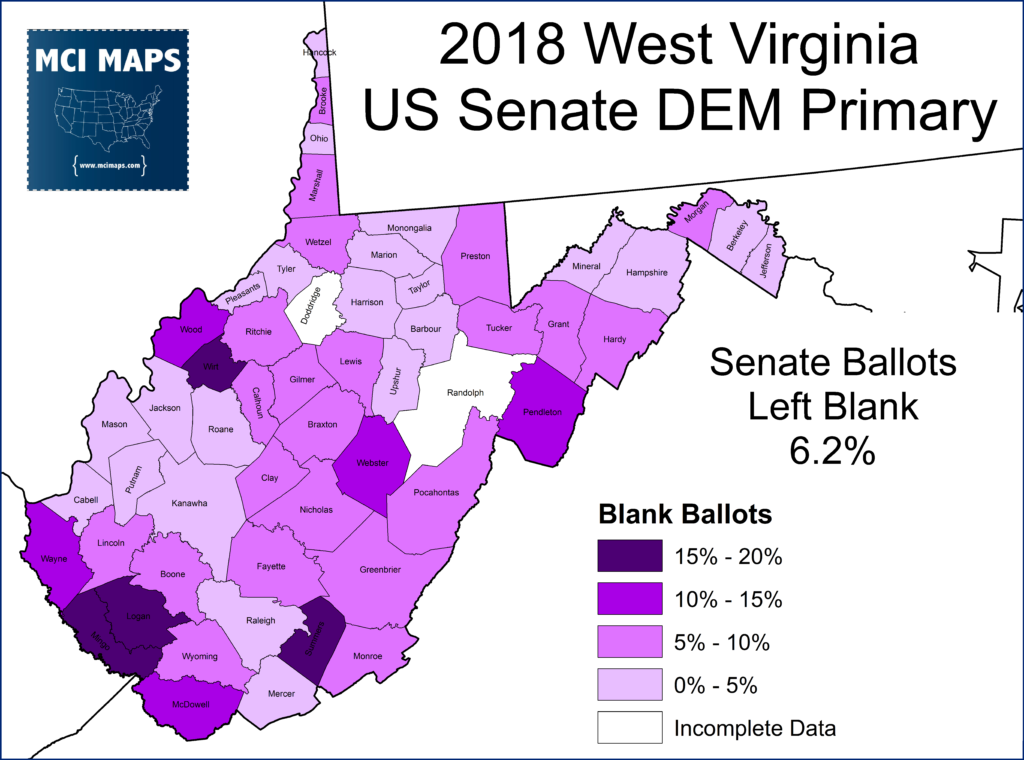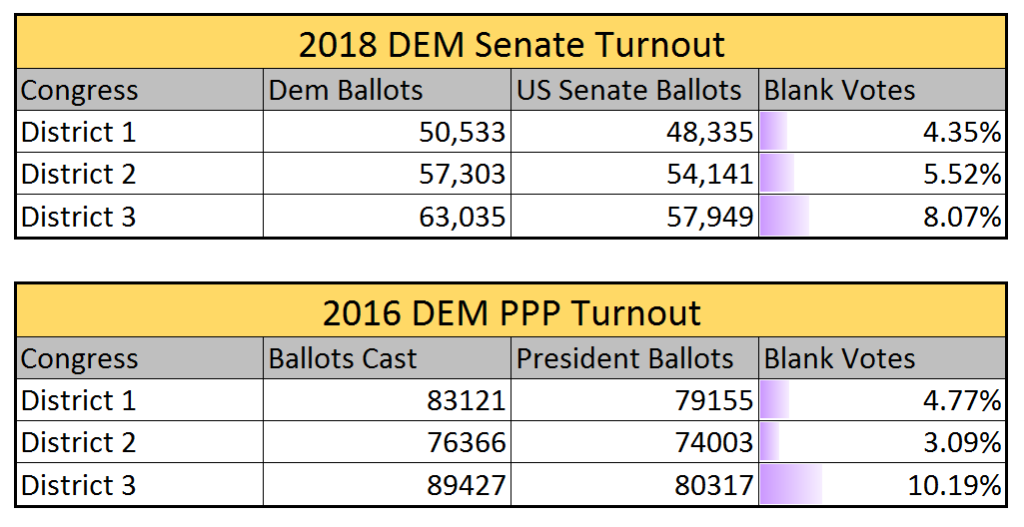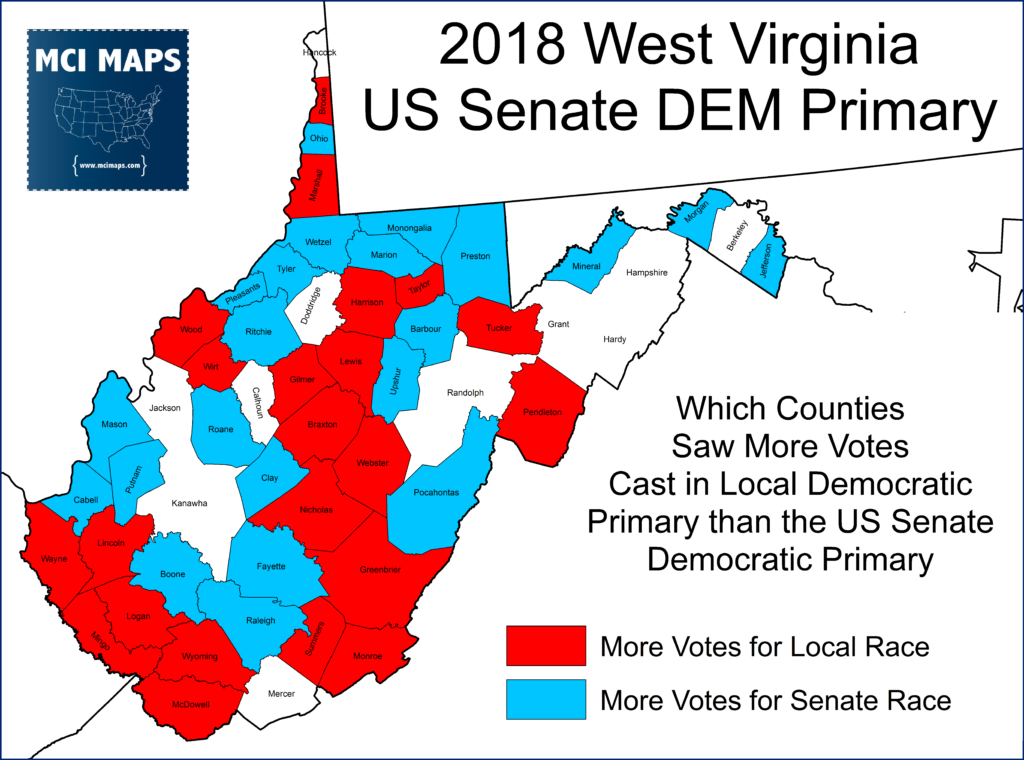West Virginia’s Democratic Senate Primary
May 8th was the Democratic primary for US Senate in West Virginia. Conservative Democrat Joe Manchin is running for re-election in a seat that Donald Trump won over 67% of the vote in just two years earlier. Manchin, a former Governor, and Senator since 2010, is likely the only Democrat who can hold the seat for his party in the fall. Manchin has drawn the ire of liberal groups for his conservative voting record. However, his opposition to healthcare repeal (which failed by only 1 vote) and the GOP tax plan highlight his value as a member of the caucus. Despite this obvious logic, liberal groups like JusticeDemocrats pushed a primary challenger. They argued that a liberal democrat could win the state. This of course is contradicted by every election of the modern era. They cited Bernie Sander’s win in the 2016 Presidential Primary as an example, while ignoring the fact that a large chunk of Sanders voters were conservatives who planned to vote Trump in the fall. That link is to an article I wrote about the West Virginia Presidential primary and the exit polls of that race.
The choice for left-wing groups was Paula Jean Swearengin, a newcomer to the political arena. She raised around $200,000 but was largely an afterthought in the race. Rather, the GOP primary dominated the news cycles in the state thanks Don Blankenship.
The GOP side proved to at least be contentious. The democratic side, however, was a blowout for Senator Manchin.
Manchin secured 70% of the vote, winning every county in the state.
However, at a closer glance, Manchin’s margins are at least mildly troubling. That isn’t because liberals were voting against him, but rather, because some CONSERVATIVES were voting against him.
West Virginia’s Conservative Democrats
West Virginia has backed every Republican Presidential candidate since 2000 and every county in it voted for Romney and Trump. Yet the state still elects Democratic Governors, Senators, and its state legislature was blue until just a few years ago. Like many southern states (whether WV is southern itself is a point of debate), there is a large number of conservative democrats who vote for local Democratic officials but vote Republican more and more further up the ballot. In fact, current party registration gives Democrats a 10 point advantage.
Some of the most Democratic counties are places like Mingo, Logal, and McDowell: coal counties where voters are socially conservative but often pro-union and populist leaning. These voters want coal jobs and this puts them at odds with the national Democratic party.
The dynamic leads to scenarios like 2016, where Trump won the state with 68% while at the same time the open Governor race went to coal-CEO (and democratic nominee) Jim Justice by 7 points.
Justice performed better than Clinton the most in the coal counties of the south and central parts of the state. The weakest margins were in more Republican counties of the north. This is a prime example of the conservative democrats in the state. Willing to vote for a pro-coal, conservative Democrat for Governor while voting for Trump for President.
In the Presidential race, the southern coal counties saw Clinton under-perform Democratic registration by 40%+. She got a lower share of the vote than registered democratic share in all but Jefferson County (which is becoming more of a DC exurban region).
This is because these conservative Democrats have lost faith in the national Democratic party due to its socially liberal and environment positions. Meanwhile, West Virginia’s primaries are semi-closed (NPAs can vote in either but registered voters must vote on their party side) so these conservative Democrats still vote in Democratic primaries. It’s long been argued West Virginia has the most conservative Democratic primary electorate in the nation. Many southern states actually use open primaries so conservative whites vote for GOP primaries, leaving African-Americans as the bulk of Democratic primaries in the south.
Conservative Democrats being forced to vote for Democratic federal races has resulted in some notable protest votes. The most famous was when Obama lost to Keith Judd in several counties in the 2012 Presidential Primary.
Judd was a random name on the ballot for folks. In fact, he was in prison at the time of the election.
In the 2016 Presidential primary, 13% of the vote was for other assorted candidates beside Clinton or Sanders, with the “other” vote strongest in the southern counties.
In addition to seeing votes cast for unknown candidates, we have routinely seen ballots simply be left blank. Both the 2016 and 2012 Presidential primaries saw more ballots cast for Governor primaries than for Presidential.
The phenomenon of a top-of-the-ticket race being left blank isn’t new. In Florida, a similar event happens with the conservative, rural Democrats of North Florida and the farm counties in the south.
Blank votes and votes for unknown candidates are a common sign of unhappiness of the voters with their choices. In some areas this can mean liberals upset, but in the cast of West Virginia, based on its clear voting history, its an issue of conservatives who have moved further and further away from the Democratic party.
The 2018 Senate Primary’s Protest Votes
The first question when looking at the protest vote in West Virginia’s recent primary was determining if any of Paula Jean Swearengin’s vote share was from conservatives who were voting for lesser-known candidate vs liberals voting for her because they wanted someone more to the left of Manchin. Swearengin didn’t win any counties but she performed better than average in several. The results show her vote share was from a combination of conservative protest votes as well as the few more liberal democrats in the state. The table below shows her top 15 counties as well as some notes and the Dem/Clinton comparison seen earlier in this article.
Swearengin’s best county was Monongalia, which is home to the West Virginia University. This county has a much smaller number of conservative Democrats and thus her vote here is more genuine liberal support. However, her next best county is Mingo, a conservative coal county. Mingo has been the common site of large protest votes and saw Clinton do 60% worse than the Democratic registration.
Moving on down the list we see her do well in Northeastern counties like Jefferson and Morgan; where there are fewer conservative Democrats. Other counties like Webster and Logan are conservative Democratic bastions. So its safe to say Swearengin’s vote pool is mixture of the more liberal or centrist Democrats who live in the northern end of the state (but are often outpaced by Republicans) and conservative Democrats backing her as a protest vote.
The next issue in West Virginia was how many ballots were left blank. Luckily all but 2 counties reported total votes cast for each party primary. Comparing that figure to the US Senate primary, and we see a familiar trend; blank ballots, with figures highest in the southern counties.
Both Mingo and Logan, two iconic coal counties, saw over 15% of their ballots left blank. Luckily for Manchin, the figures were not as high in their neighbors. Nevertheless, these numbers should give Manchin some concern. He is the type of conservative Democrat that can normally win over these deeply conservative Democrats. He can lose some, but not many.
Looking at blank ballots by Congressional district, and comparing it to the 2016 Primary, we see a familiar trend. The 3rd district, home to the largest pool of conservative Democrats, had the largest number of ballot left blank. Granted fewer were left blank than in 2016.
So if Democrats were going to show up but leave US Senate blank, why show up at all? In many counties, local primaries (county commission, county clerk) got larger vote shares than the Senate primary. I only used data for those counties with contested primaries or where data was available.
In several coal counties, Democrats showed up for local races but not for the top of the ticket. A similar phenomenon happens in Florida’s Northern counties.
Conclusions
Protest votes and blank ballots are not new to West Virginia Democrats. However, Manchin’s team must watch these figures carefully. Manchin needs to keep as many conservative Democrats in the fold as possible. This is why having a conservative Democrat is vital for chances in the fall. As much as Manchin’s voting may anger liberal activists at times, that voting can still be too liberal for some in the state. Luckily for Manchin, blank ballots weren’t as high in all coal counties and he has solid wins in several conservative counties. The Mingo and Logan numbers should serve as a shot across the bow, however. Manchin also lucked out in not getting Jenkins, who represents many of these conservative Democrats, as his opponent.
Manchin has a good shot to win. But after this primary I am moving the race from ‘Lean Dem’ to ‘Tossup.’

